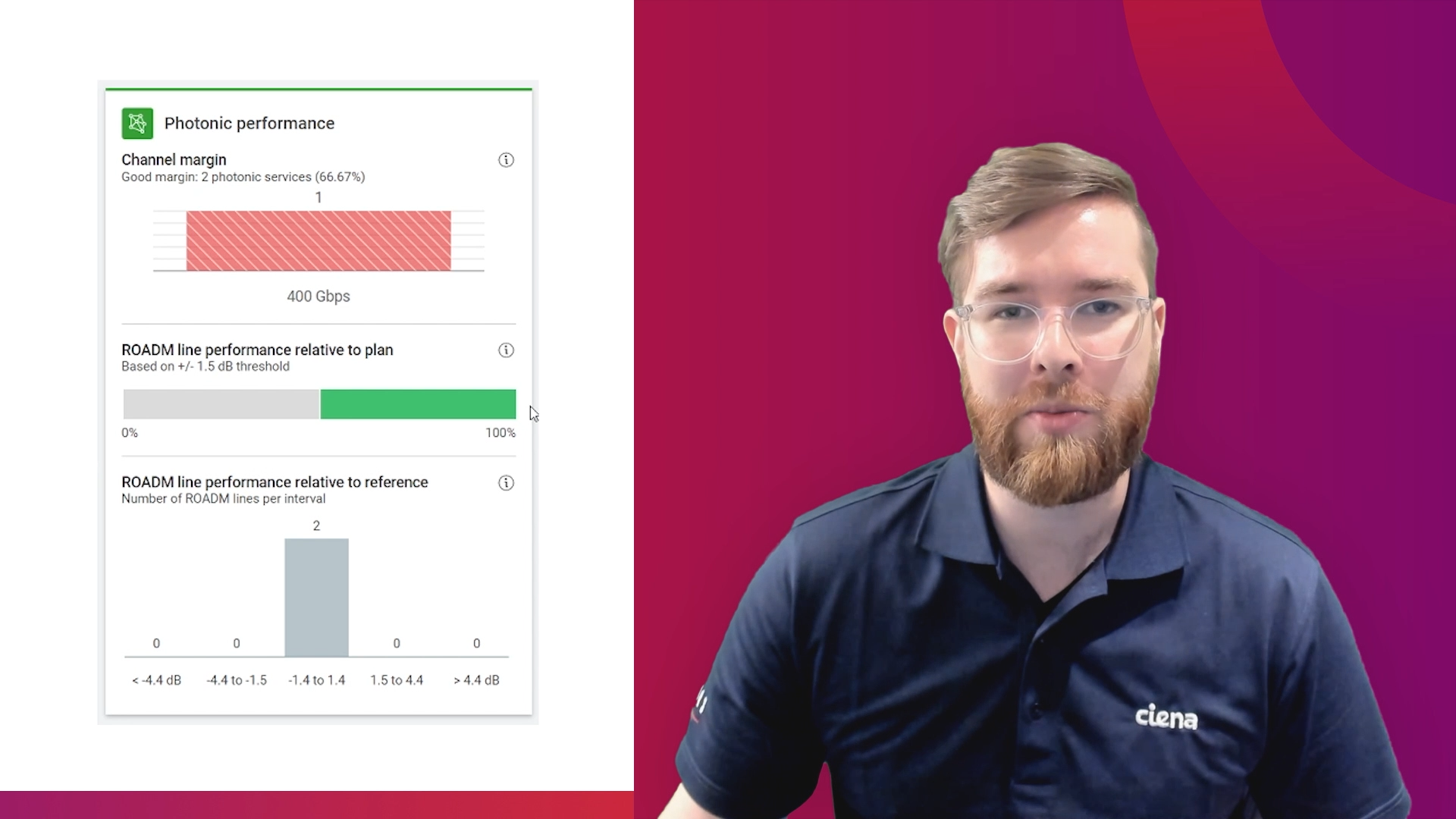7 Steps to Big Data Analytics and AI
Operators face a number of daunting challenges these days. At the top of the list is managing new data-intensive resources that underlie network functions virtualization (NFV), software-defined networking (SDN), cloud-based applications, and the coming wave of 5G technologies.
So they’re turning to big data tools and analytics to analyze the vast amounts of information they’re accumulating in data lakes. The goal of automating real-time decisions requires data analytics and AI—burgeoning grey areas that every operator needs to understand.
So, how will they get there? Recently, we participated in a webinar hosted by TM Forum that covered this very topic. You can watch the replay here. In addition, Dawn Bushaus of TM Forum authored a Quick Insight Report (Data Analytics and AI: Key to End-To-End Management) that explored what operators need to do to enable network automation.
Below is an excerpt of content from one section of Dawn’s report, providing 7 steps operators can take to ensure they understand the role of analytics and how to create a successful management strategy to use them.
1. Use intent-based management and open APIs
There won’t be a master service orchestrator with total visibility into other operators’ networks and operational and business support systems. Instead, operators will have to agree to use the same information and data models along with APIs so that orchestrators in different domains can communicate. This, combined with intent-based management that abstracts the complexity of the network at a high level and then uses customer intent and policy to manage it, is how service operators will automate service provisioning, configuration and assurance end to end.
2. Flesh out the role for analytics
There are two ways to use analytics: as a modern way of building closed control loops to autonomically configure and assure services, and optimize them by predicting problems; and by analyzing massive amounts of network and customer data to improve customer experience and target customers with personalized services.
3. Adopt a big data strategy
Lester Thomas, Chief Systems Architect, Vodafone Group, points out that every component that operators deploy generates data that can be streamed into a big data platform. “Basically you’re crowdsourcing all the data from different places to determine whether the service is being delivered as promised or if there is some issue,” he explains.
4. Tell suppliers what you need
Operators need a common event data model. An early example is AT&T, which contributed code for a virtualized event streaming framework to the open source community via the Open Platform for NFV (OPNFV) project.
5. Understand the business benefits
Operators can save on OpEx by using analytics to automate management and pinpoint the source of problems, and they can save on CapEx by virtualizing network functions and running them on commodity hardware and by using network capacity more efficiently. Operators also can increase revenue by offering new services to customers or upselling them to other existing services.
6. Adopt machine learning
Operators can begin experimenting with machine learning by using analytics to proactively identify network events that could impact performance. They can also use machine learning algorithms to dynamically adjust capacity and network response to security threats, in the process making VNFs self-healing and able to automatically restart, move or rebuild themselves. Eventually, policies will even update themselves.
7. Experiment with 5G
Many challenges stand in the way of successful 5G deployment but it offers mobile providers the exciting promise of slicing the network to accommodate a wide range of applications with very different reliability and throughput requirements.
Ciena’s recently unveiled Blue Planet Analytics (BPA) assimilates the data from across your network and uses it to enable intelligent automation and operations. BPA provides a robust and flexible framework for collecting and normalizing network data, and layers in advanced analytics applications designed to address specific challenges.
Built on Blue Planet’s open design and extensible micro-services-based architecture, Blue Planet Analytics supports data collection from any source, including multiple network vendors, layers and physical or virtual domains.
You can learn more about Blue Planet Analytics, as well as related applications such as Network Health Protector, with this BPA Datasheet.






